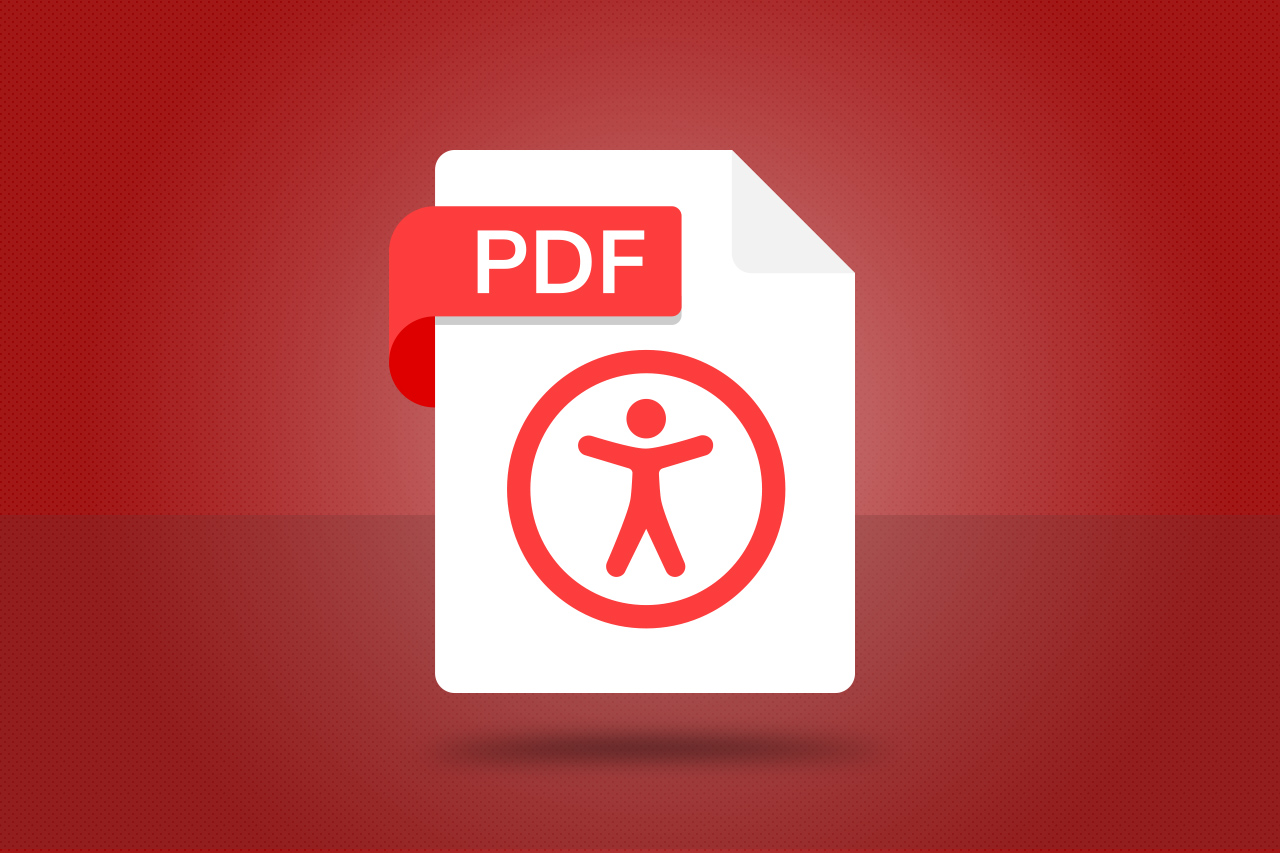From a business standpoint, it makes sense to ensure your website is as accessible to a wider audience as possible, including those with blindness or low vision, deafness or hearing loss, learning disabilities, cognitive limitations, limited movement, or combinations of these. This matters just as well from a legal compliance standpoint, as there have been […]
From a business standpoint, it makes sense to ensure your website is as accessible to a wider audience as possible, including those with blindness or low vision, deafness or hearing loss, learning disabilities, cognitive limitations, limited movement, or combinations of these.
This matters just as well from a legal compliance standpoint, as there have been many case studies of lawsuits filed for companies failing to ensure sufficient website accessibility as codified into law by the American Disabilities Act (ADA).
However, this does not only apply to your website. It is just as important to review all electronic documents that a visitor would access on your website, particularly PDFs.
These best practices will help to ensure that your PDFs are compliant with accessibility standards:
Files & Content
- Use proper headings within the document to clarify sections, i.e. H1, H2, H3.
- When naming, the document file name should not contain any spaces or special characters.
- The document file name also needs to be concise, generally limited to 20-30 characters, and should clarify the contents of the file.
Organization:
- Tag all PDFs. Documents must be tagged to allow checking for Section 508 accessibility.
- All Document properties/Meta Data should be filled out Title, Author, Subject, and Keywords.
- Add Bookmarks in documents longer than nine pages to aid in navigation. Bookmarks should match the headings used in the document.
Extra Features
- Images must have alternative text to help describe what is there. This is a common problem in webpages and in PDFs.
- Set the column and row headers for simple & complex tables.
- Enable Assistive Technology access.
For more information on making your PDF’s ADA compliant, including a verification tool, check out this page from Adobe Acrobat.
